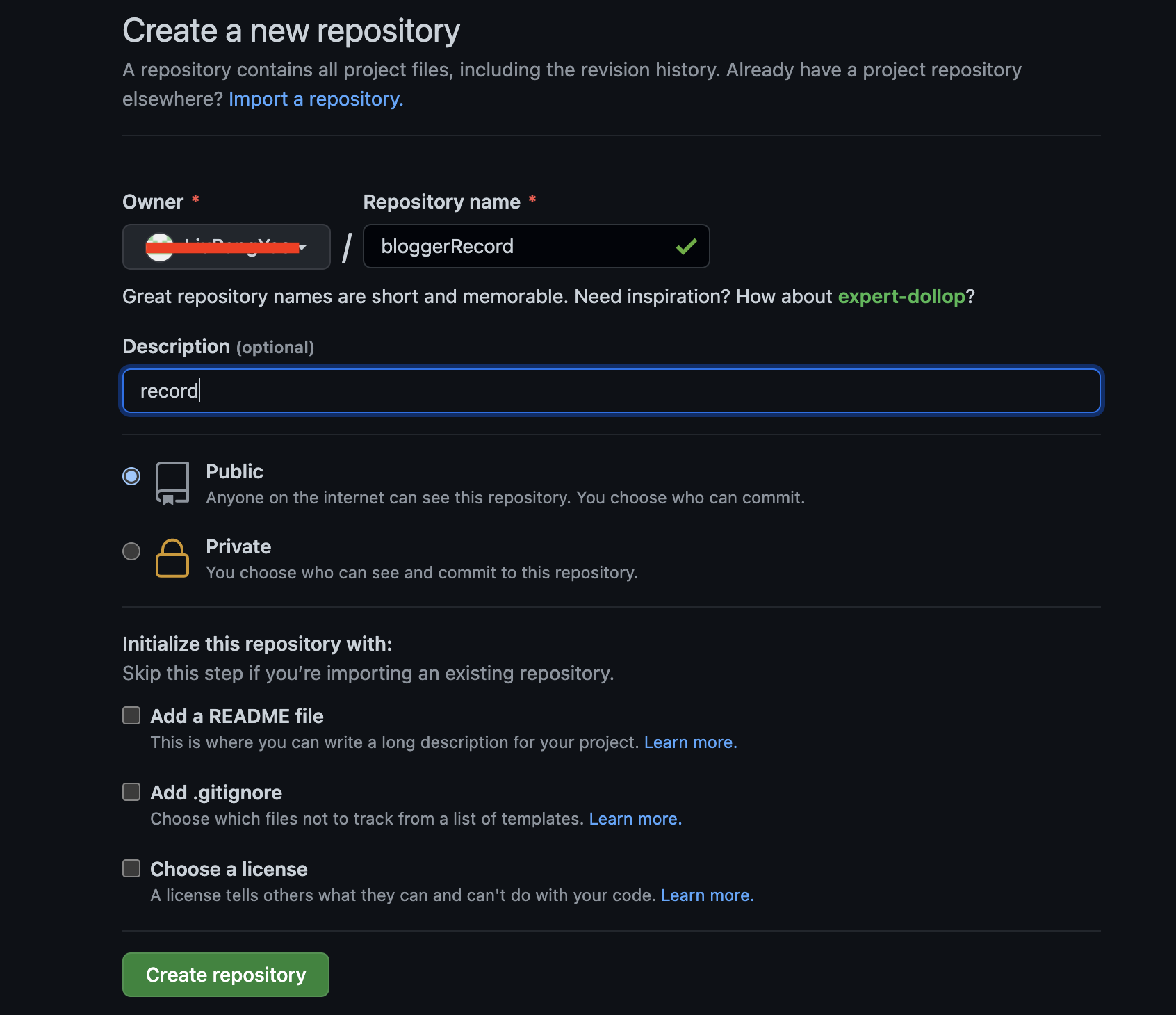

SOURCETREE AND GITHUB FREE
Cost: GitHub is a repository hosting platform that is freemium, which means it has both free and paid plains as per the user’s requirements for features.Sourcetree provides a more limited set of features to manage Repos, but it makes it easier to perform common Git operations. Features: In terms of features, GitHub offers a wide range which includes issue tracking, collaboration, pull requests, and wikis.But this same is not true for Sourcetree as it focuses on individual Git operations, hence there is no scope for team collaboration. Collaboration : GitHub provides a platform for collaboration and makes it easy for multiple developers to work together on a project.
SOURCETREE AND GITHUB CODE
Also, the Interface of SourceTree is more intuitive and provides a better representation of repositories and code as compared to GitHub which gives a minimal but clear view of codes. Whereas the GUI of SoruceTree is only meant to access on the Desktop where it has been installed.
SOURCETREE AND GITHUB WINDOWS
It is only available for Windows and MacOS but not for Linux. With Sourcetree, you can perform Git operations with a few clicks such as committing, pushing, and pulling without having to use the command line. It is developed by Atlassian.įurther, this GIt GUI client makes it easier for developers to work with Git by providing a visual representation of the code and making it easier to perform common Git operations. To verify that it is connected to the remote on GitHub, click the "Settings" gear in the top right-hand corner and you should see the GitHub remote in the "Remotes" section.Sourcetree is a Desktop client application that provides a GUI for working with Git and is one of the best alternatives, to manage GIT repositories instead of the command line. Once that's done, you can double click the new bookmark and use SourceTree as you normally would. You can either clone it to a new location, or add the directory manually in the Local tab. Since this was just a test repo, I'll move it to the trash.)Īdding an Existing Repo that Has a Corresponding Remote to SourceTreeįor some reason if you click "Clone" next to a repo you already have on your local machine and select the existing directory, it won't connect the remote repo with your existing copy. Select "Delete" (When you do that, you'll be asked whether you'd just like to remove the bookmark from SourceTree and leave the repo on your machine, or also move the repo to the Trash.Since this was just a test repo, I'll delete it from my machine. If it doesn't, double click on the bookmark in the list in the "Local" tab. The repo will be cloned to your local machine and should open in a new window when it's done. Name: (This is the name of the bookmark that represents the repo in SourceTree).


I'll clone the "My-First-GitHub-Site" to my local machine with SourceTree. Now, you can click "Clone" to clone one to your local machine.


 0 kommentar(er)
0 kommentar(er)
